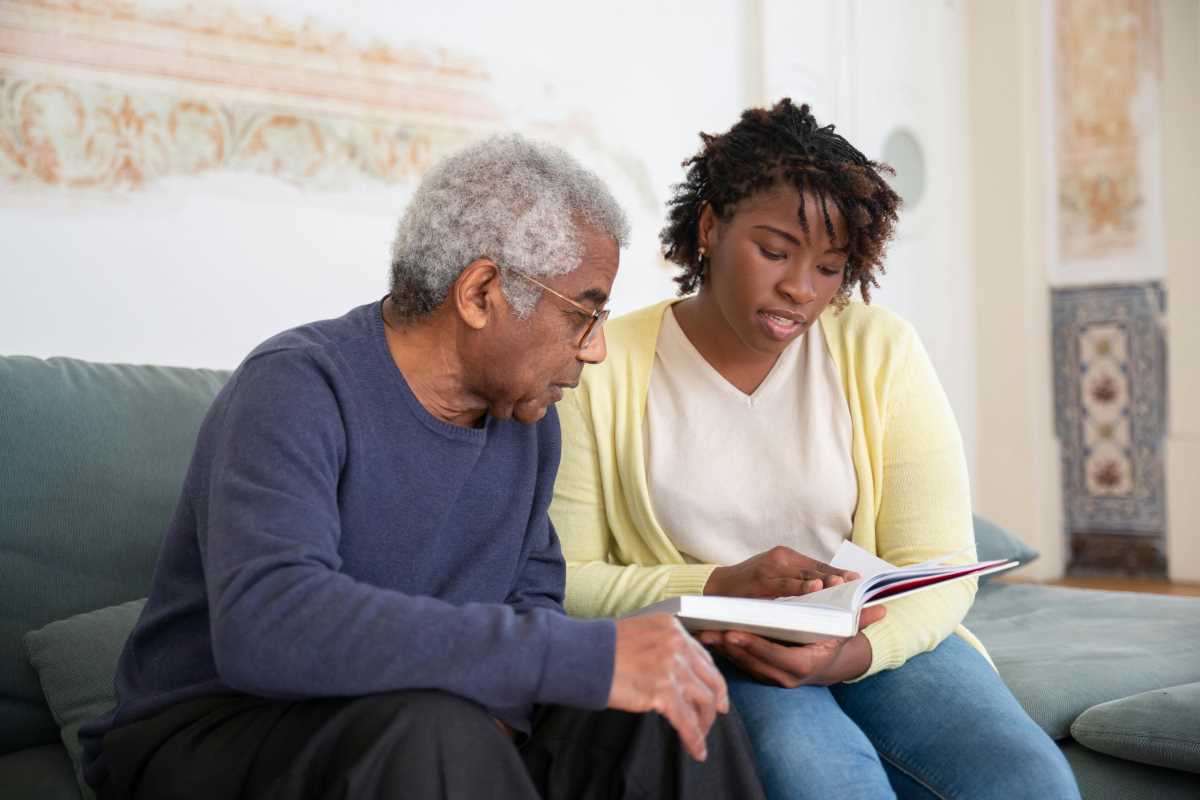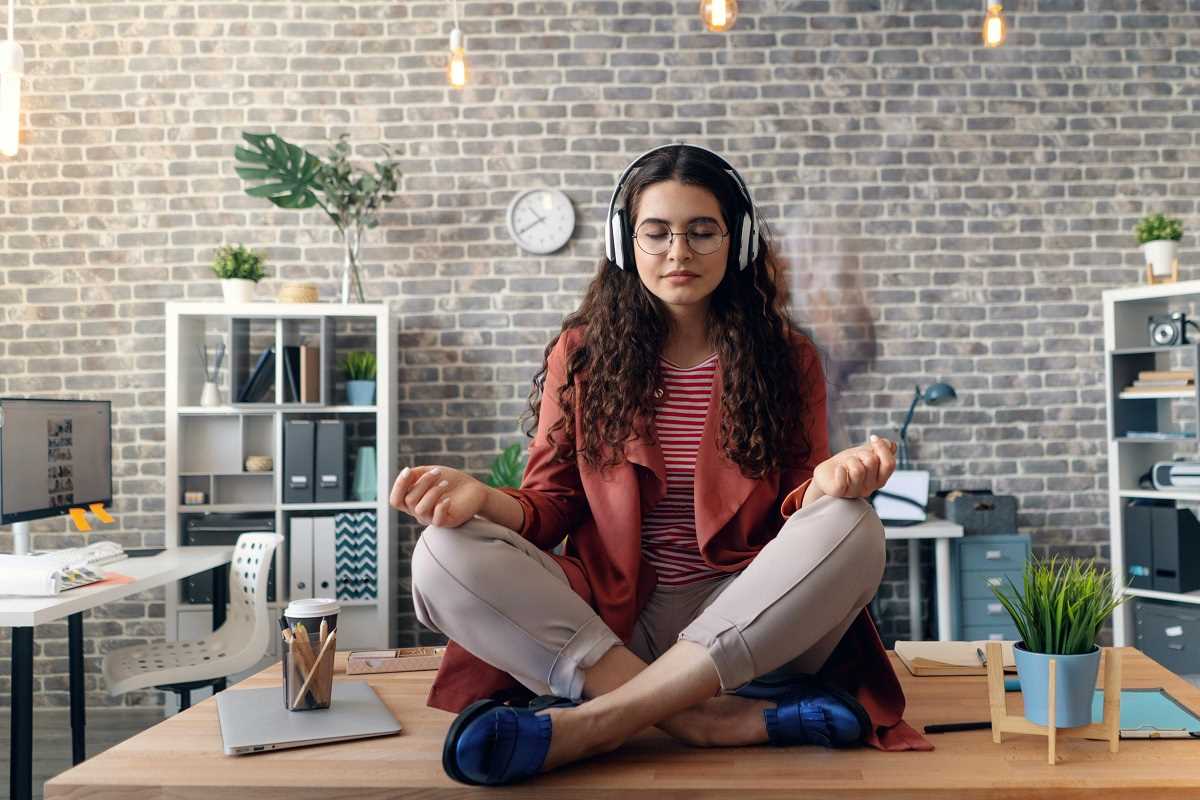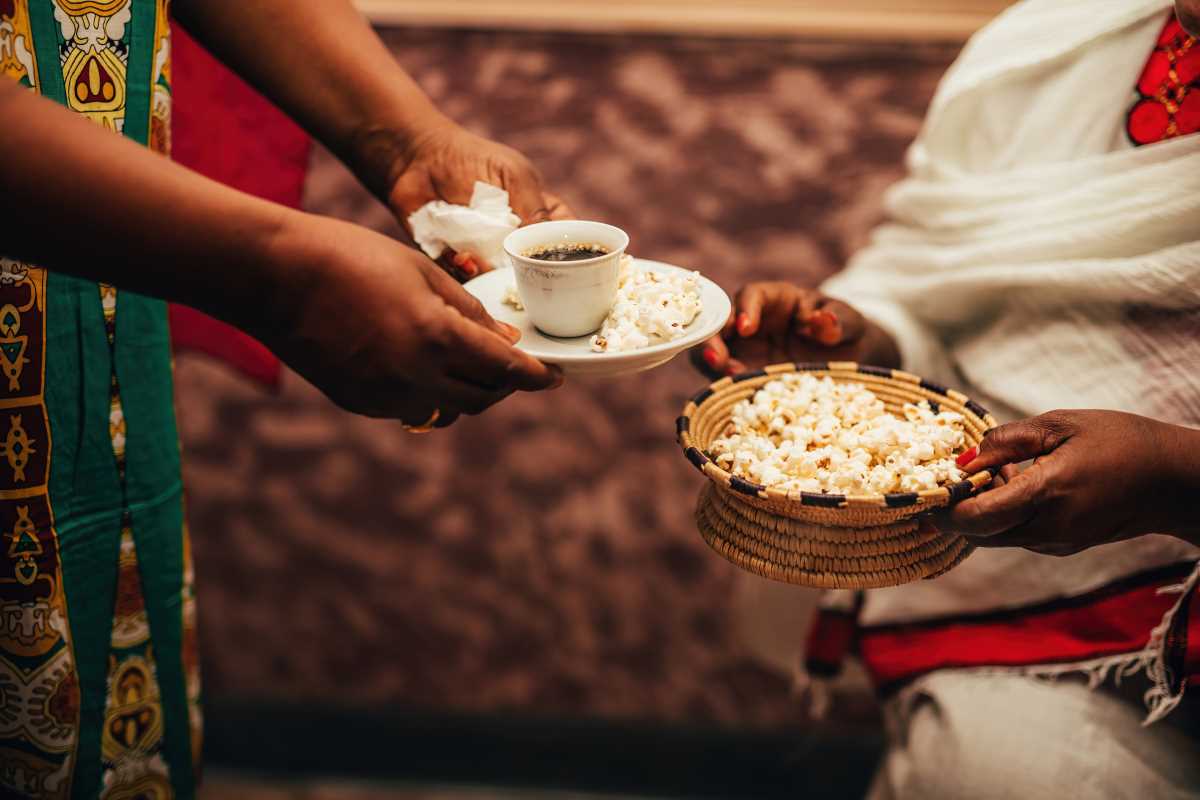Piecing together a family tree can feel like solving a giant puzzle, full of stories, connections, and surprises. One of the best ways to bring that puzzle to life is through oral histories. This is when you record personal stories, memories, and lived experiences of your relatives. These stories go beyond names and dates. They add rich details to your family history, showing what your ancestors went through, what they believed, and how they lived. An oral history isn’t just a gift to yourself. It’s a treasure for future generations. Whether you’ve just started exploring your ancestry or you're looking to add depth to what you already know, documenting your family through oral histories is rewarding and, honestly, a lot of fun.
Why Oral Histories Are Important
Family trees often rely on records like birth certificates, marriage licenses, and census data. While these tell you basic facts, they leave out the human details. It doesn’t record something like whether your great-grandfather a dreamer who always wanted to open a bakery. These are the little memories that make a person really shine. Oral histories bring these details to light.
Stories passed down by family members often reveal how history shaped your ancestors’ lives, whether it was moving to a new country, surviving a war, or adjusting to major cultural changes. These stories help us understand where we come from and how those who came before us shaped who we are today.
How to Get Started
The great thing about oral histories is that anyone can do it. You don’t need fancy equipment. It starts with curiosity and a willingness to listen. Here’s how to get started.
Identify Your Goal
- What do you hope to learn from these interviews? Are you interested in a specific side of your family or your family’s experiences in a particular time period? Having a goal gives your project focus.
Make a List of Interviewees
- Start with the oldest members of your family since they likely have the most stories to share. Grandparents, great-aunts and uncles, or even family friends can provide valuable insights. Don’t leave out younger relatives, though. They might know stories that haven't been passed to you yet.
Prepare Open-Ended Questions
The best questions invite storytelling. Instead of asking, "Where were you born?" try asking, "What was it like growing up in your hometown?" Here are some example questions to get you started:
- What’s your earliest memory?
- Did your family have any traditions that were important to you?
- What was school like when you were young?
- How did your family celebrate holidays or special events?
- Can you tell me about a challenging time in your life and how you got through it?
- What was your favorite activity or hobby growing up?
These types of questions encourage the person you’re interviewing to open up and share more than just surface-level facts.
Gather Your Tools
You don’t need to overcomplicate this step. Even using just a smartphone can get the job done. Most phones come with a built-in voice recording app, which works great for capturing interviews. If you want higher-quality audio, consider investing in a portable recorder like a Zoom H1n.
Video recording is another option if you’d like to capture facial expressions and body language to accompany the stories. A simple tripod can hold your smartphone steady while you chat.
Create a Comfortable Environment
Choose a quiet, relaxed space for the interview. Sit somewhere cozy and free from distractions, like a living room or a quiet park. Make sure both you and the person you’re interviewing feel at ease. Conversations flow more naturally in a comfortable setting.
Take Notes Along the Way
Even when you're recording, jot down some quick notes during the conversation. This helps you remember specific details to follow up on later. So if your grandmother mentions a particular event but doesn’t go into much detail, you can circle back with, "Can you tell me more about the event?"
Where to Save and Share Your Oral Histories
Once you've collected these priceless stories, it’s important to keep them organized and accessible for the future. Here are some tools and platforms that are great for documenting oral histories.
StoryCorps
- StoryCorps is one of the best-known platforms for recording and archiving oral histories. You can use their app to record interviews, and with permission, they’ll even save your recordings in the Library of Congress. It's an incredible way to ensure your family stories are preserved for generations.
FamilySearch
- Operated by The Church of Jesus Christ of Latter-day Saints, FamilySearch is a free platform for building and preserving your family tree. It allows you to upload audio files, photos, and written stories so you can create a multimedia family history.
Ancestry
- If you’re already using Ancestry to build your family tree, you can attach audio files to individuals on your tree. This is a handy way to link recorded stories directly to specific relatives.
Evernote or Google Drive
- When in doubt, keep things simple. Apps like Evernote or Google Drive are great for storing audio files and interview notes. Just make sure to back them up regularly so you don’t lose anything.
MyHeritage
- MyHeritage can be another great tool, offering voice-recording features and the ability to integrate those recordings into your digital family tree. It’s user-friendly and works well for beginners.
Tips for Success
- Be Patient. People might need time to warm up before they start sharing deeply personal stories. Don’t rush them.
- Respect Privacy. Always ask permission before recording someone’s story and ensure they’re comfortable with how and where it will be shared.
- Keep Copies. Backup your recordings in at least two places, such as a cloud service and an external hard drive, to avoid accidental loss.
- Follow Up. Sometimes an interview will spark new questions. Don’t hesitate to set up a second session if needed.
 (Image via
(Image via





